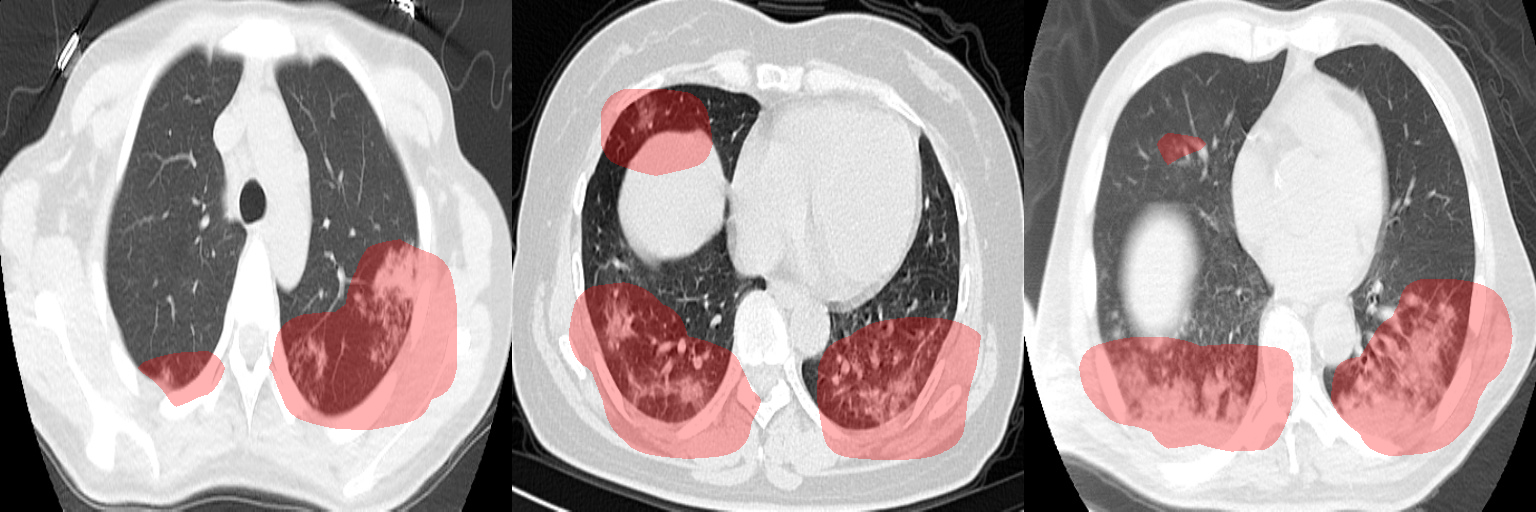COVID-Net CT-2: Enhanced Deep Neural Networks for Detection of COVID-19 from Chest CT Images Through Bigger, More Diverse Learning
The COVID-19 pandemic continues to rage on, with multiple waves causing substantial harm to health and economies around the world. Motivated by the use of CT imaging at clinical institutes around the world as an effective complementary screening method to RT-PCR testing, we introduced COVID-Net CT, a neural network tailored for detection of COVID-19 cases from chest CT images as part of the open source COVID-Net initiative. However, one potential limiting factor is restricted quantity and diversity given the single nation patient cohort used. In this study, we introduce COVID-Net CT-2, enhanced deep neural networks for COVID-19 detection from chest CT images trained on the largest quantity and diversity of multinational patient cases in research literature. We introduce two new CT benchmark datasets, the largest comprising a multinational cohort of 4,501 patients from at least 15 countries. We leverage explainability to investigate the decision-making behaviour of COVID-Net CT-2, with the results for select cases reviewed and reported on by two board-certified radiologists with over 10 and 30 years of experience, respectively. The COVID-Net CT-2 neural networks achieved accuracy, COVID-19 sensitivity, PPV, specificity, and NPV of 98.1%/96.2%/96.7%/99%/98.8% and 97.9%/95.7%/96.4%/98.9%/98.7%, respectively. Explainability-driven performance validation shows that COVID-Net CT-2's decision-making behaviour is consistent with radiologist interpretation by leveraging correct, clinically relevant critical factors. The results are promising and suggest the strong potential of deep neural networks as an effective tool for computer-aided COVID-19 assessment. While not a production-ready solution, we hope the open-source, open-access release of COVID-Net CT-2 and benchmark datasets will continue to enable researchers, clinicians, and citizen data scientists alike to build upon them.
PDF Abstract
